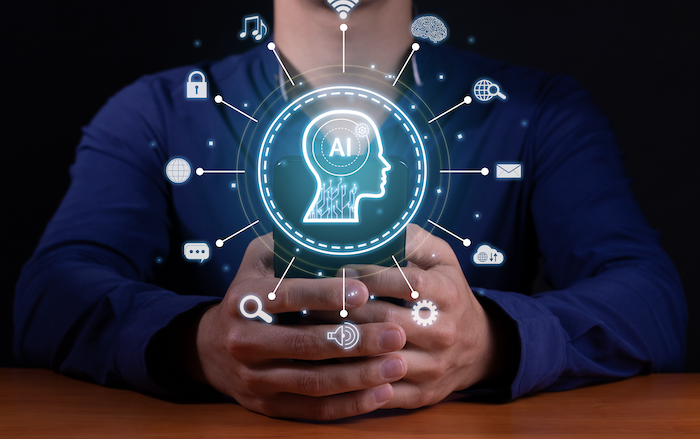Introduction
While earlier sections of this series demonstrated real-world applications of wantware synergized with neural networks, this segment explores hypothetical scenarios that illustrate the potential future expansions of wantware capabilities. These examples are not just imaginative; they underscore the adaptable nature of wantware and how it could be applied beyond current uses, offering insights into how it could reshape industries and enhance human-machine interaction.
1. Transforming Predictive Maintenance and Enhancing Resilience in Industrial IoT with Wantware:
- Overview: Integrating wantware into industrial Internet of Things (IoT) systems can revolutionize predictive maintenance while significantly enhancing resilience. Unlike traditional systems that depend on preset algorithms, wantware offers unparalleled adaptability, enabling it to dynamically predict and respond to issues based on real-time data and evolving conditions. This approach not only sets it apart from conventional AI solutions but also fosters a more intuitive, context-aware, and responsive system management.
- Hypothetical Scenario: Envision a factory equipped with thousands of interconnected devices. With wantware, it becomes feasible to dynamically adjust maintenance schedules and operational parameters in response to each machine’s unique performance data and environmental conditions. This proactive approach not only minimizes downtime but also has the potential to significantly reduce maintenance costs. Moreover, the capability to generate machine-specific instructions tailored to current conditions could substantially enhance operational resilience, ushering in a new era of smart manufacturing.
2. Personalized Learning Environments:
- Overview: Education technologies often utilize static algorithms that fail to adapt to the individual learning pace and style of students. Wantware, enhanced with neural networks, could tailor educational content in real time, according to the unique needs of each student.
- Hypothetical Use Case: A learning platform powered by wantware could dynamically modify the educational content and difficulty based on student interactions, optimizing learning pathways in ways traditional systems cannot.
3. Advanced Urban Planning:
- Overview: Urban planning can benefit from AI, but it often lacks the ability to quickly adapt to new urban data or citizens’ feedback. Wantware could offer a more dynamic approach, allowing city planners to simulate and visualize changes in real time.
- Hypothetical Application: Utilizing a vast array of urban data, wantware could help planners design cities that adapt to changing demographics and environmental concerns, predicting future needs and modifying infrastructure projects on the fly.
4. Enhanced Behavioral Health Tracking:
- Overview: Behavioral health apps typically use static models that don’t evolve with the user’s changing psychological patterns. Wantware could transform this by continuously adapting to provide support that aligns more closely with the user’s current mental health state.
- Hypothetical Example: A mental health monitoring tool uses wantware to adjust its interaction model based on real-time user input and feedback, offering personalized coping mechanisms and alerting healthcare providers when anomalies suggest a need for intervention.
Conclusion
These hypothetical scenarios are illustrative examples meant to expand upon the real-world applications discussed in Part 3, demonstrating the potential of wantware to go beyond current capabilities. By leveraging the superset approach, where neural networks and other approaches are integrated within wantware’s broader framework, these future use cases represent a significant leap forward in creating adaptive, efficient, and user-centric technological solutions. As wantware continues to evolve, its potential to transform various sectors by enhancing human-machine collaboration is limitless, setting a new benchmark for what intelligent systems can achieve.







Leave A Comment